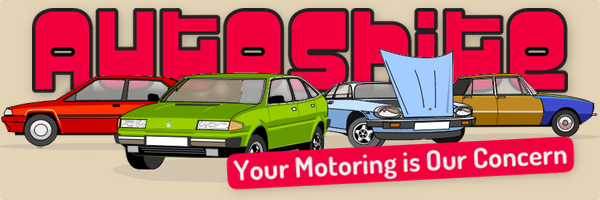Mechanics' know-how
-
Similar Content
-
Anybody know the owner of this Porsche? 1 2 3
By DodgeRover,
- 89 replies
- 6,915 views
-
- 155 replies
- 9,667 views
-
- 232 replies
- 33,651 views
-
How much is a lung worth ?
By Bradders59,
- 27 replies
- 3,574 views
-
- 1,466 replies
- 511,880 views
-






Recommended Posts
Create an account or sign in to comment
You need to be a member in order to leave a comment
Create an account
Sign up for a new account in our community. It's easy!
Register a new accountSign in
Already have an account? Sign in here.
Sign In Now